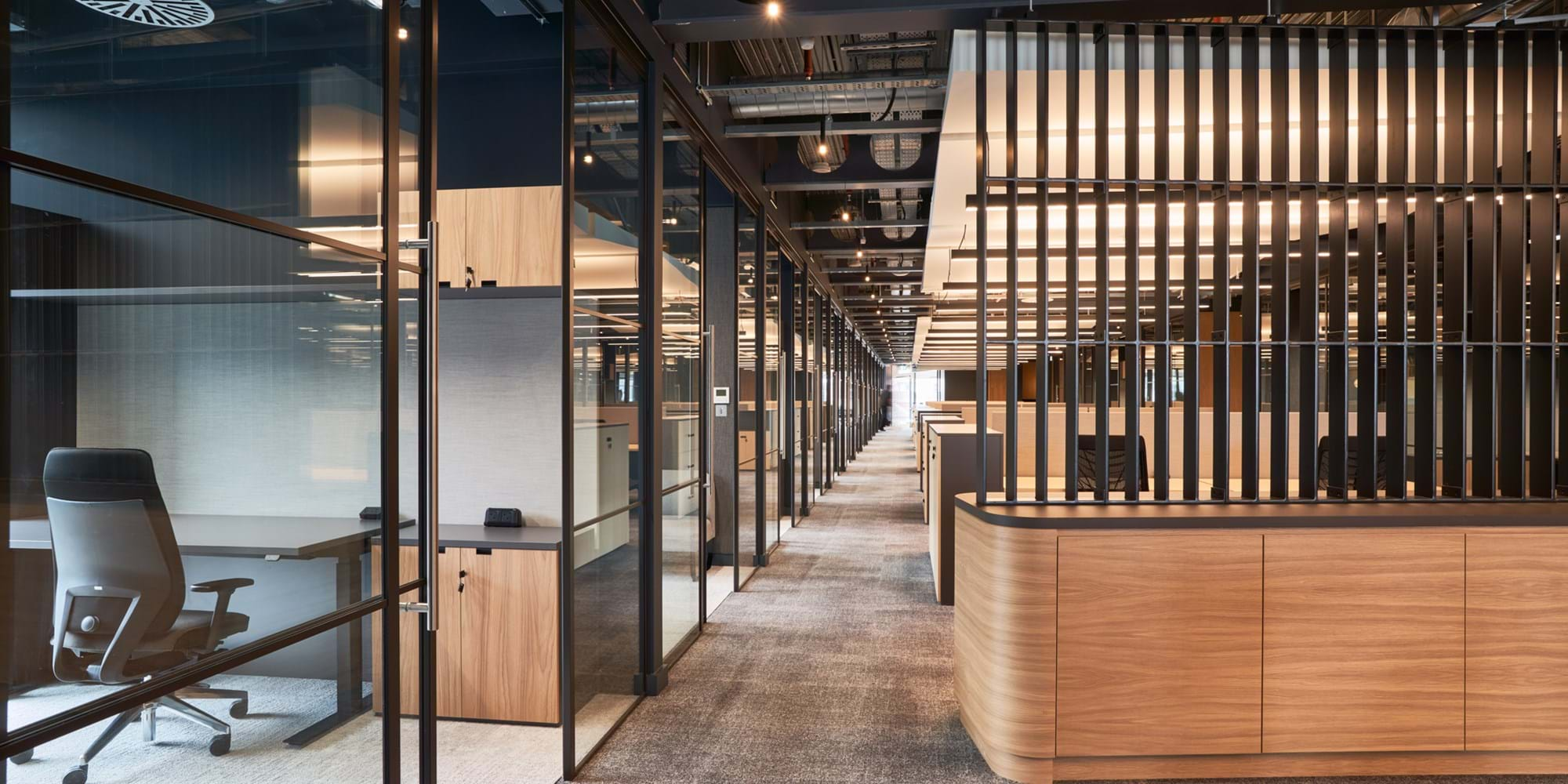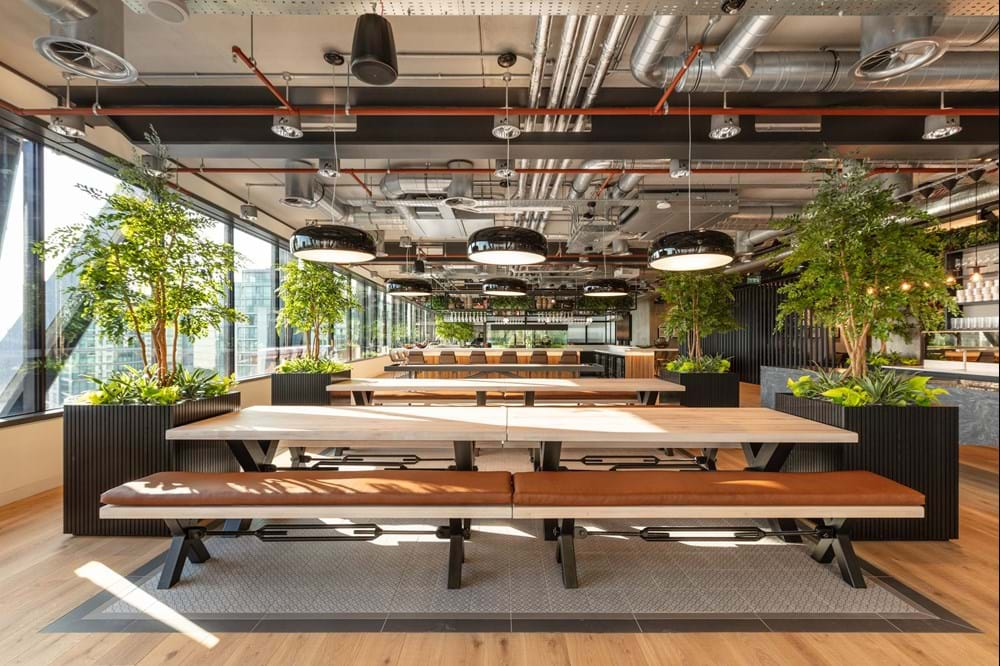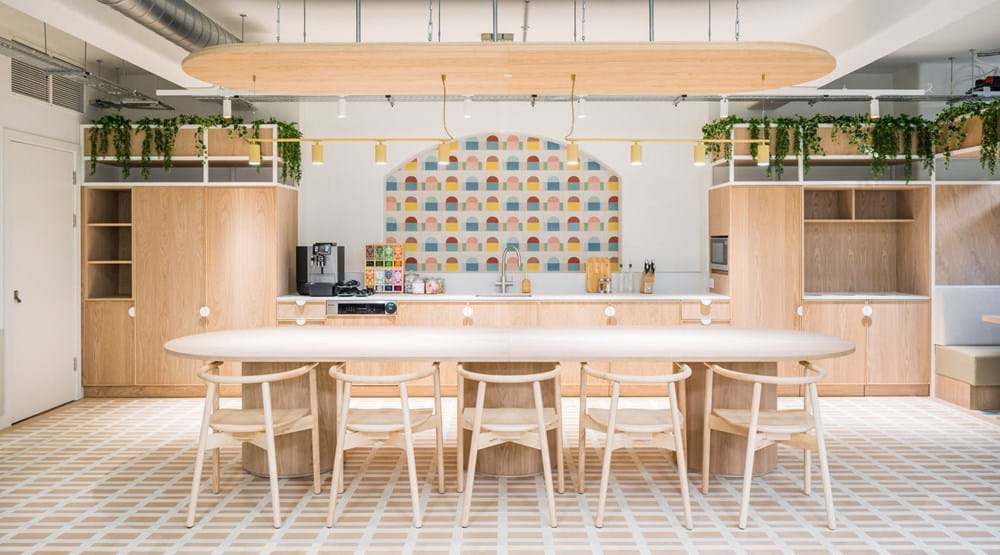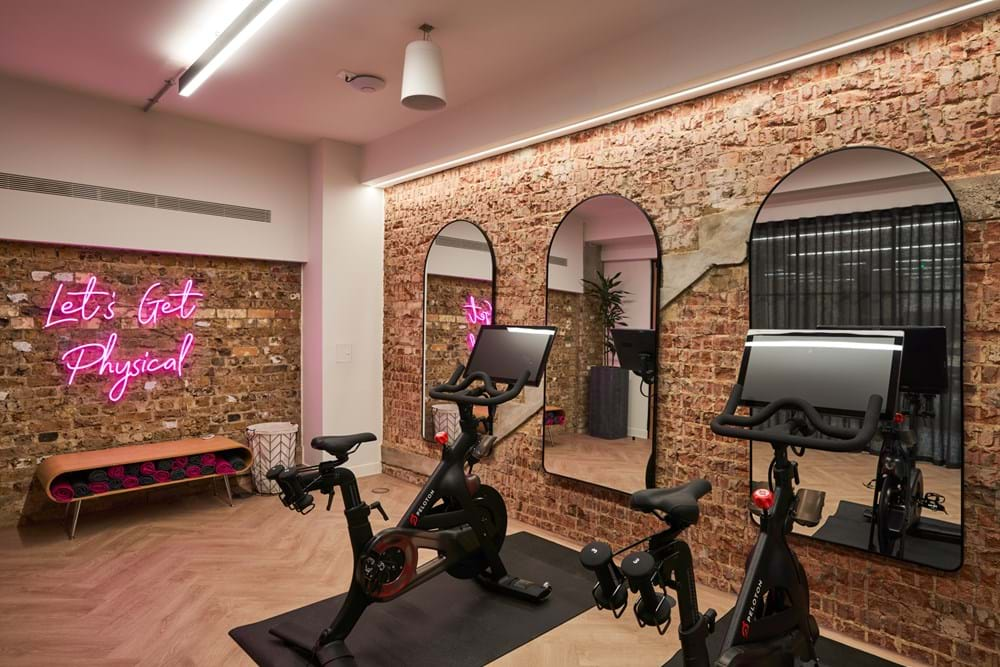What do occupiers really want from a new office space?
When architects Arney Fender Katsalidis (AFK) worked in partnership with WORKTECH Academy to study the future of the flexible workspace market in the UK, the research team discovered that corporate occupiers and flexible space operators alike were searching for a new formula in the emerging hybrid world of work – with important implications for design and amenities. This extract from the report, ‘The Future of Flex: Flexible Workspace in the UK Post Covid-19’ (2021), Earle Arney and Kat Hayes of AFK look what corporate occupiers are looking for in terms of office design, and present some prevailing themes.
The research examined what occupiers looked for when selecting office space – and what is likely to change post pandemic. Insight was gathered from a wide range of organisations to understand the key spatial, functional, and material characteristics that were consistently factored into their real estate decisions. These consistent trends identified across most occupiers are also what most operators will look for in a space.
In the post Covid-19 world of work, many of the drivers outlined will remain core to occupier aspirations, but there are some changes in the immediate term, following the impact of the pandemic where some will come more to the fore when occupiers are considering flexible space.
Collaboration Area at Alpha FX
These include:
Sub-divisibility
The financial crash of 2008 and the recession that followed abruptly ended a multi-decade period of growth. It forced all businesses to scrutinise their fixed costs of operation closely and to put flexible downsizing and real-estate exit strategies in place. Scalability of space became important, so readily sub-divisible floorplates that could flex according to need became desirable as a way to reduce risk, laying the foundations for the first flexible offices. In the post Covid-19 world of work, the conditions are much the same, so whether in flexible offices or sub-divisible floorplates, ‘scalable’ space will be equally desirable, if not critical.
Light
Buildings which maximise daylight penetration into the office spaces and are flooded with natural light, whether from the external perimeter, or through internal atria, are highly coveted by occupiers. Generous ceiling heights create volume, but also allow light deep into the floorplates, minimising internal areas with low levels of daylight. Post-pandemic, the desire for buildings and floorplates with great natural light will intensify, due to our heightened sense of wellbeing and mental health, and the recognition of the role natural light plays in keeping this in balance.
Teapoint at FORA
Brand
Spatially interesting ‘branded’ buildings are likely to be increasingly in demand in the post-pandemic world, as many organisations seek to create ‘destination’ workplaces as a way to tempt workers back to the office. With these buildings, particular those with iconic or landmark status, their distinctiveness and/or brand appeal is always seen to outweigh any detriment to efficiency and functionality of a floorplate, and will already attract bigger premiums.
Authenticity
In a similar vein, we may see an uplift in interest in buildings with ‘authenticity’, particularly adaptive reuse buildings where their materiality, traces of their construction or previous use, exposed services and design quirks (such as retrofitted brick warehouses and other adaptive reuse buildings) will make them readily desirable, especially in the creative sectors. The quest for authenticity had already begun to permeate city core markets, as a reaction against bland or vanilla office products, and so is expected to continue post-pandemic.
Operator flexibility
To attract occupiers back to their spaces post Covid-19, occupiers will not only be looking for space that is flexible but also the operators themselves. Companies across the board will be examining their real estate options so it may not just come down to the quality of space on offer but the actual flexible offer itself.
Wellness
Parameters for health and wellbeing are already well-established in the flexible sector, but operators will need to work harder to demonstrate the ‘healthy’ credentials of their spaces, such as access to lots of fresh air (via terraces or gardens), great natural light, amenities, biophilia and generous volumes. Windowless glass boxes stacked deep inside interiors are unlikely to appeal to this market.
Indoor Environmental Quality (IEQ) is a rapidly growing concern for employees and employers alike and will be even more so post Covid-19. Most operators will need to invest in air filtration and natural ventilation for their buildings, as this could become a selling point.
Fitness Studio at Adyen
Technology
Occupiers will begin seeking the very best in connectivity. People now need a reason to come to an office after many months of working from home, so drawing people back could be in offering access to technology staff don’t have at home – or the tools needed to connect a dispersed workforce. Offices with good connections to data centres and hubs could therefore become extremely desirable for all organisations, not purely internet-focused tech businesses.
Amenity
The pandemic is prompting a profound re-calibration of amenity in the workplace. Driven by a growing recognition amongst occupiers that amenities are no longer just ‘nice to have’, but a reason why people will come to an office over staying at home, amenities will play a more fundamental role in defining the desirability of a space post Covid-19.
This article is based on a research piece 'What do occupiers really want from a new office space?, authored by Earle Arney & Kay Hayes, for WORKTECH Academy. Workplace Futures Group is a Corporate Member of the Academy, which is a global online platform and membership organisation for the future of work and workplace design.
Click here to read our blog that explores the Top Tech Destinations to Watch this Year.



